Another Step Forward for Restoration on Pilchuck River
/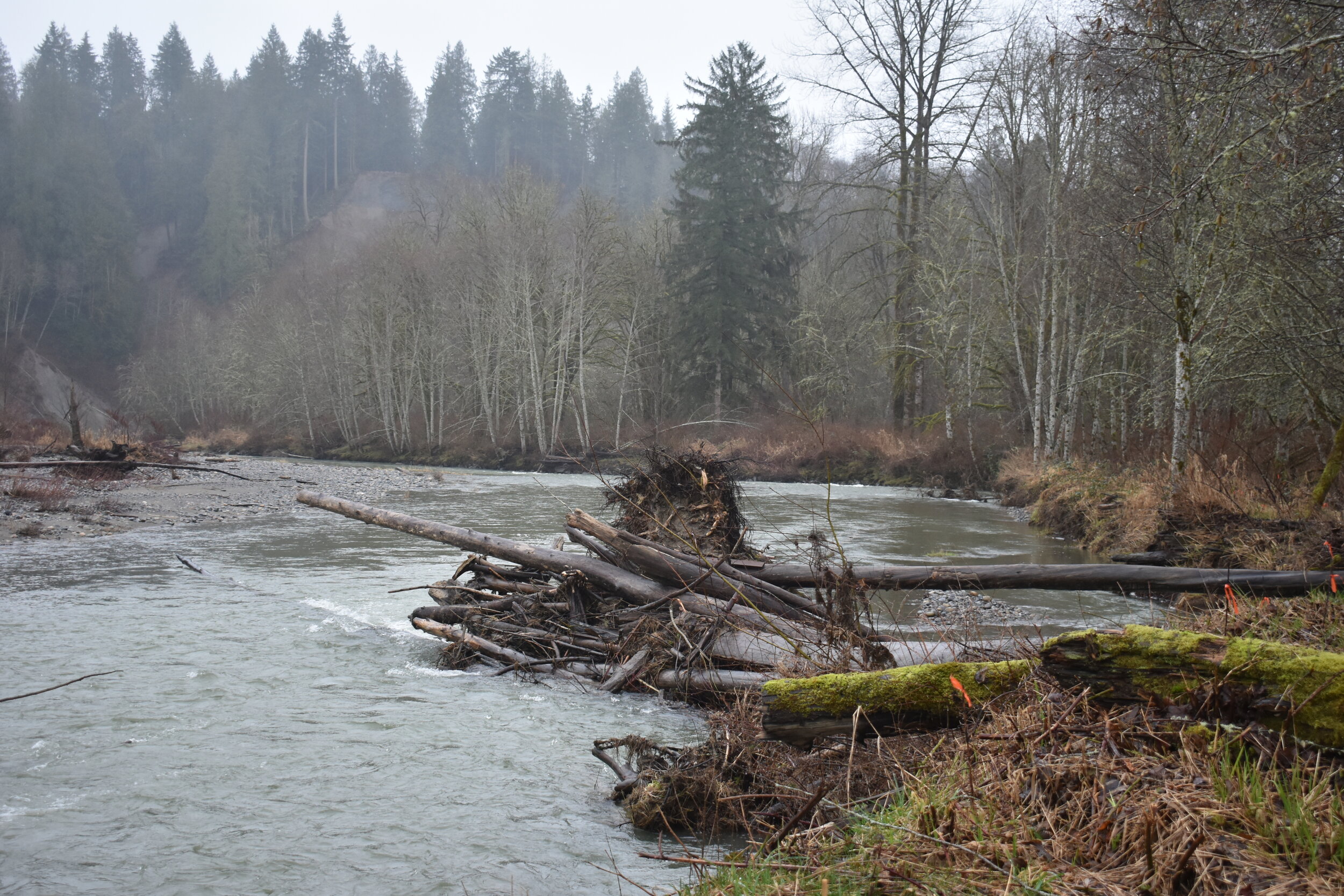
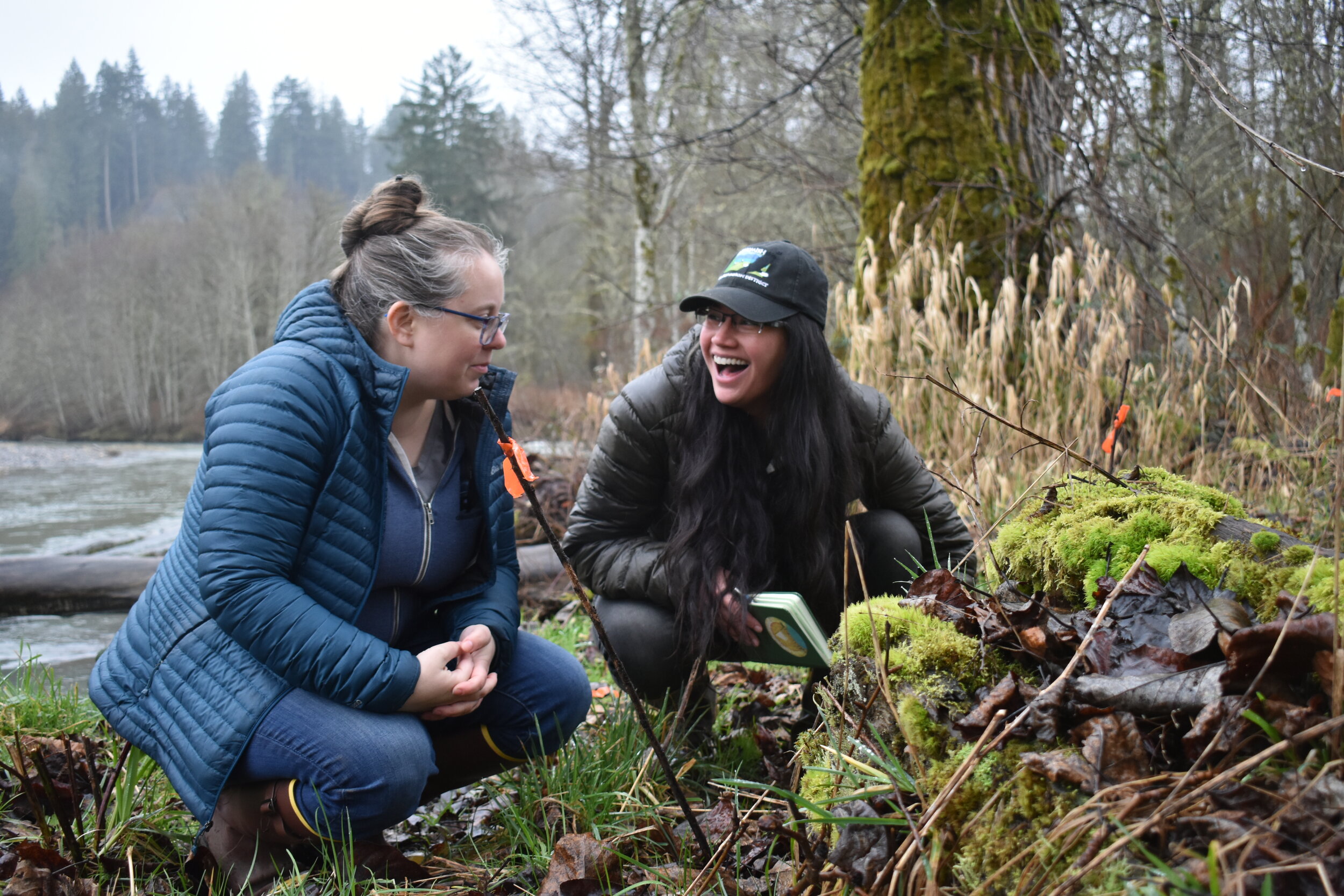
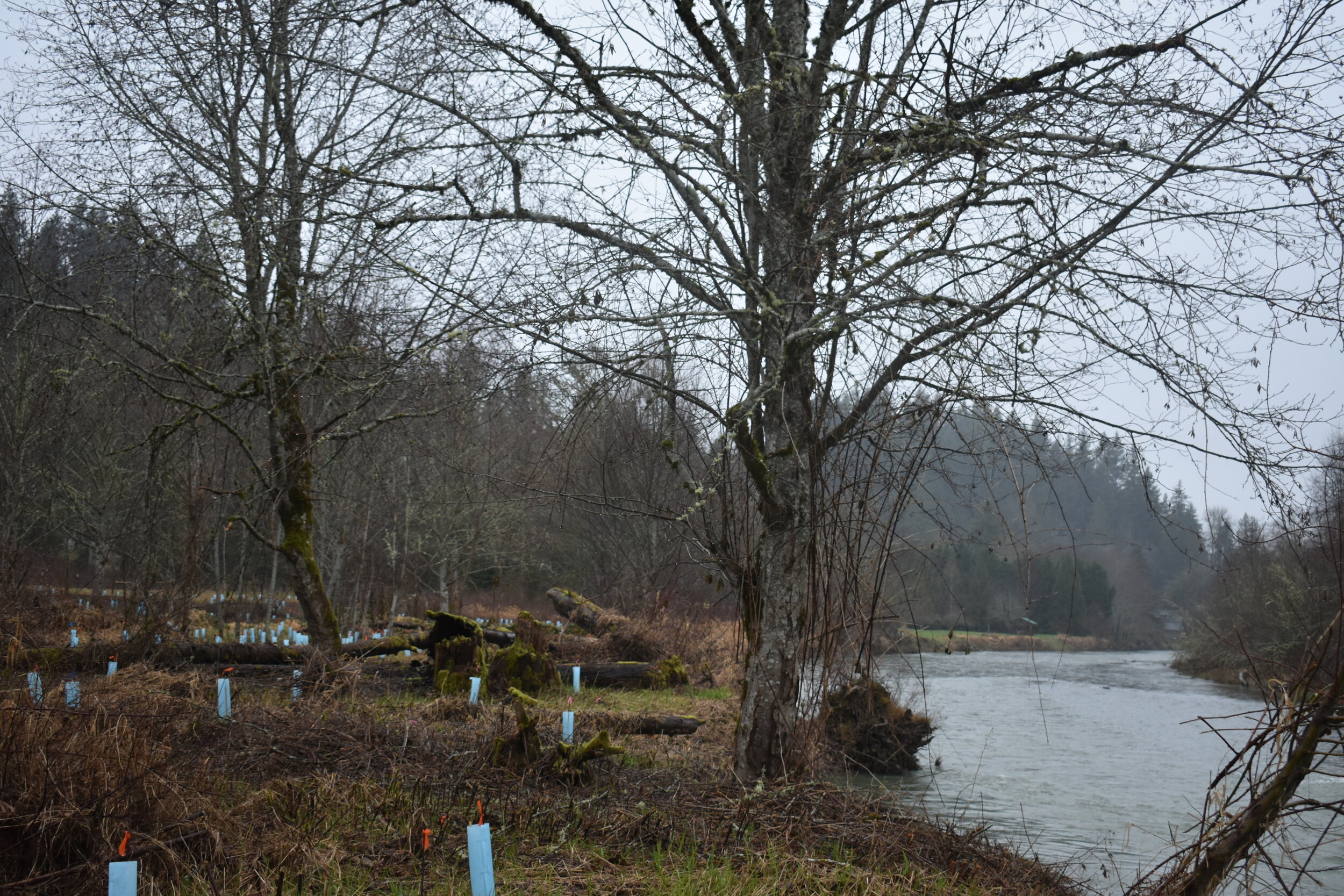
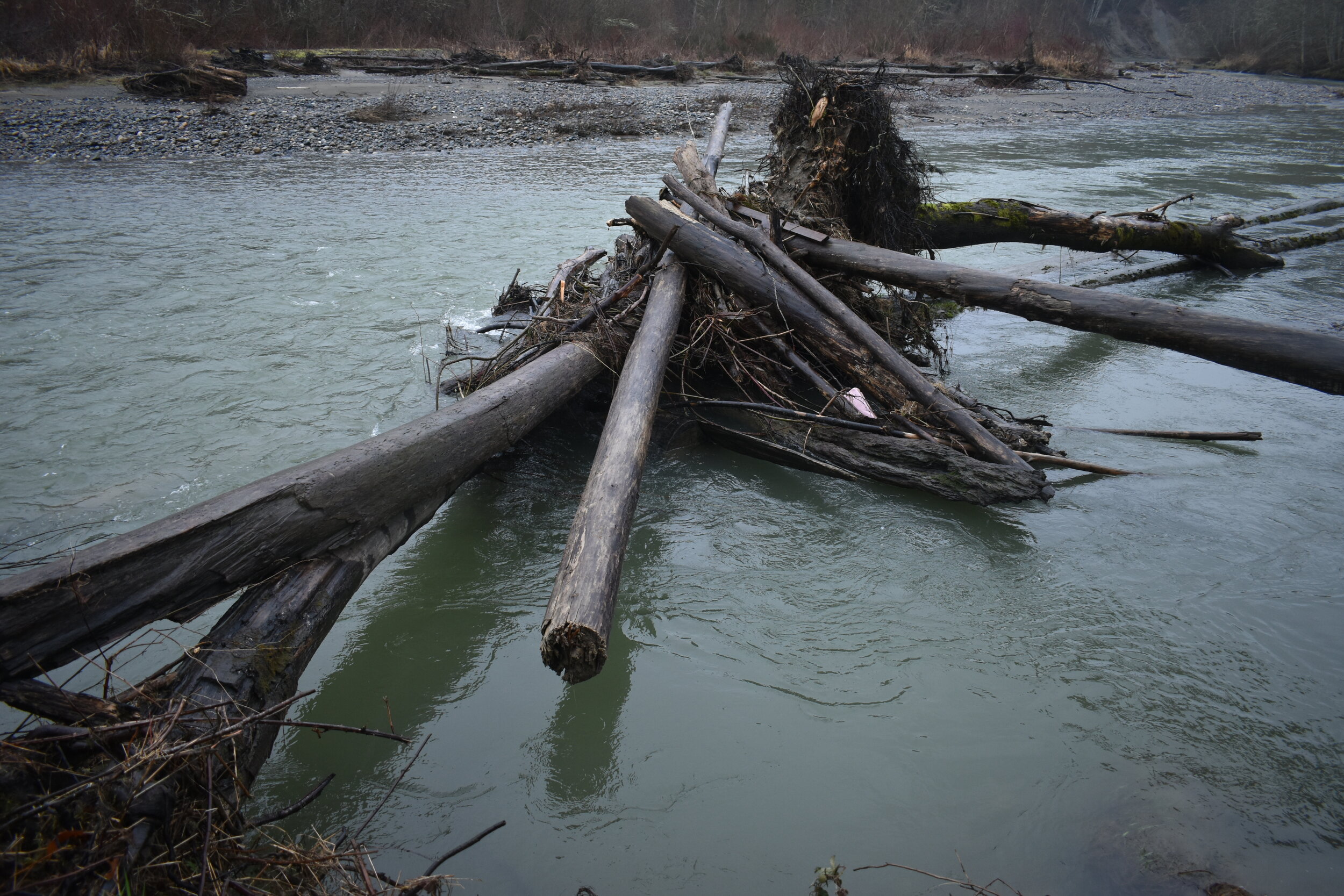
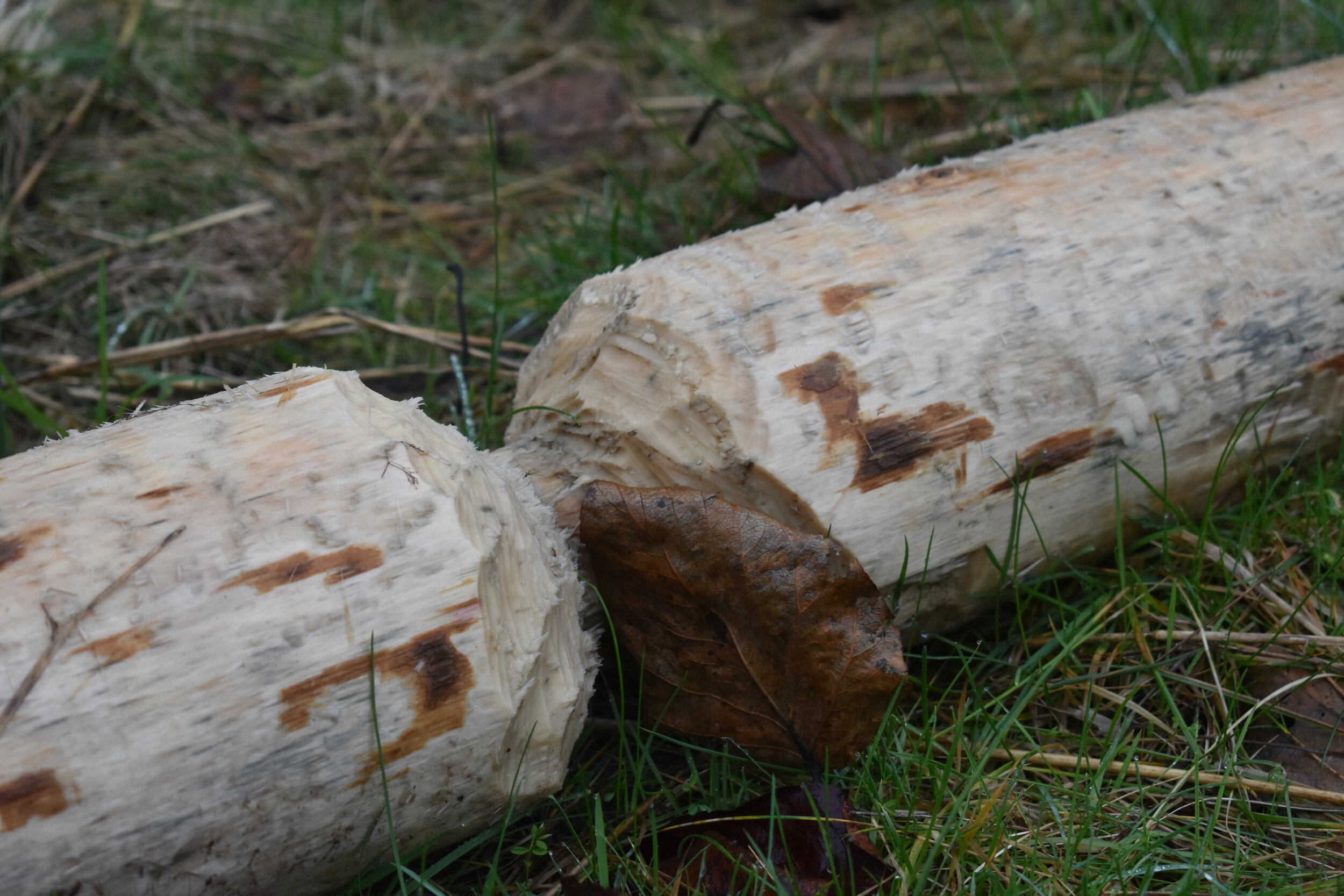
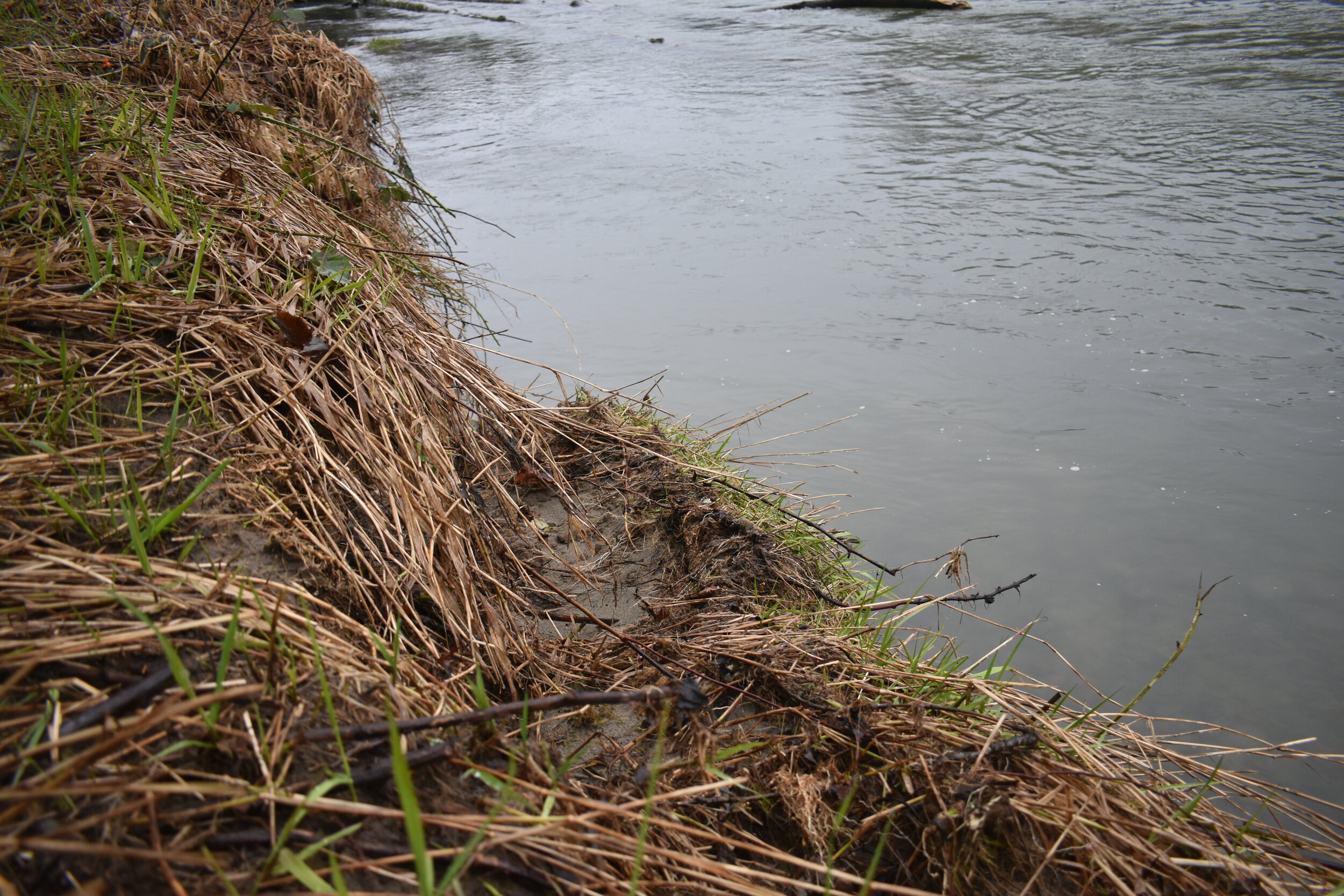
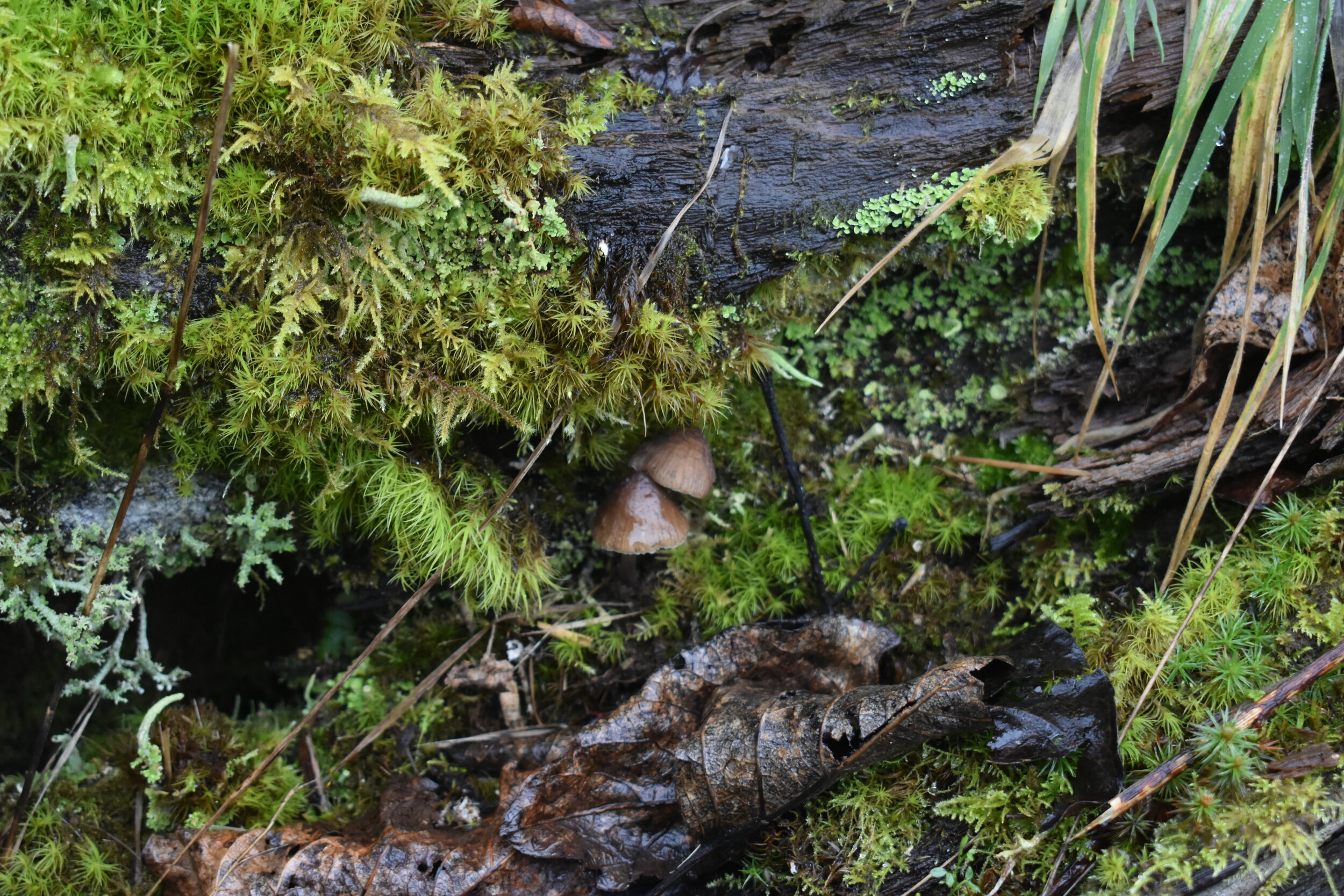
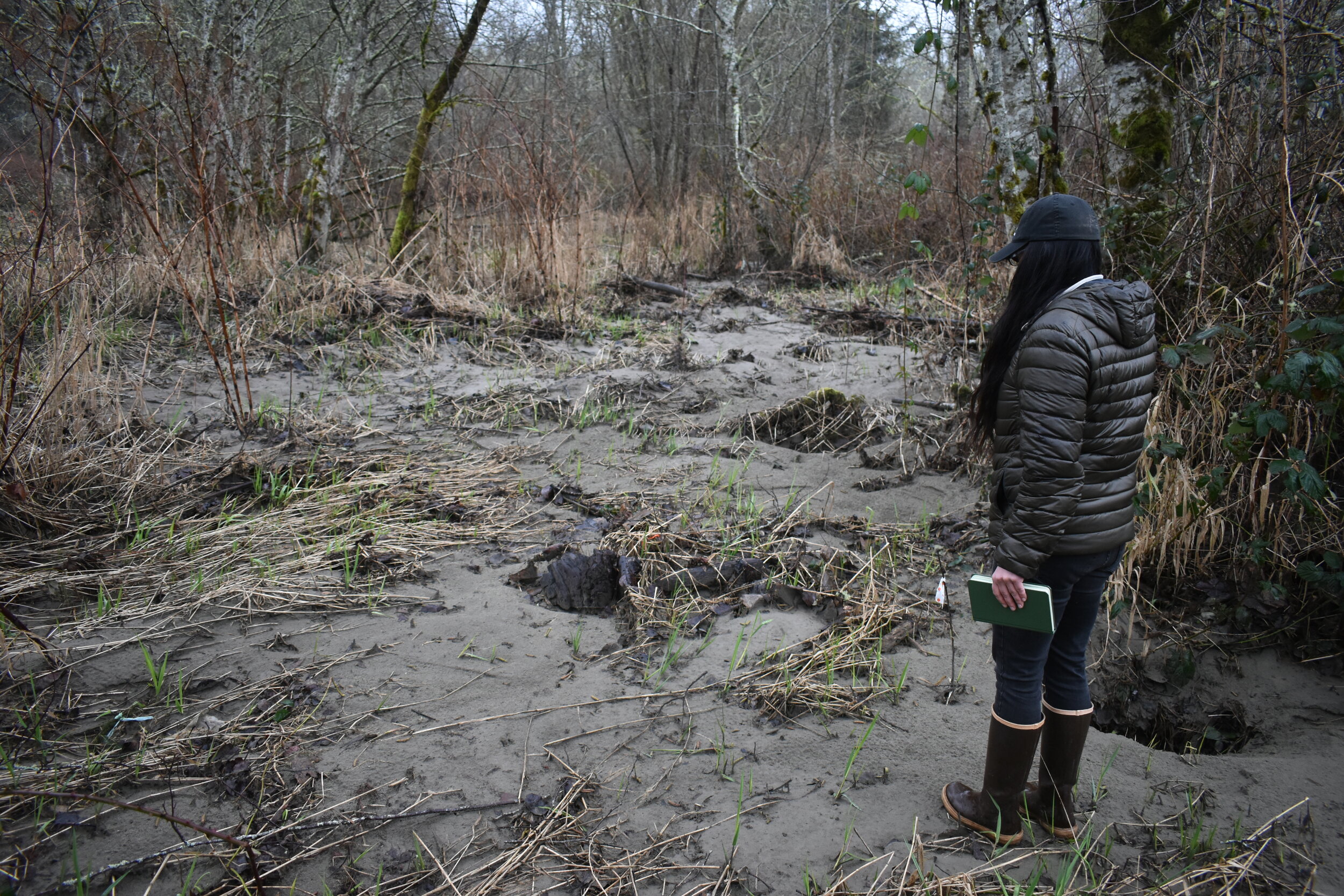
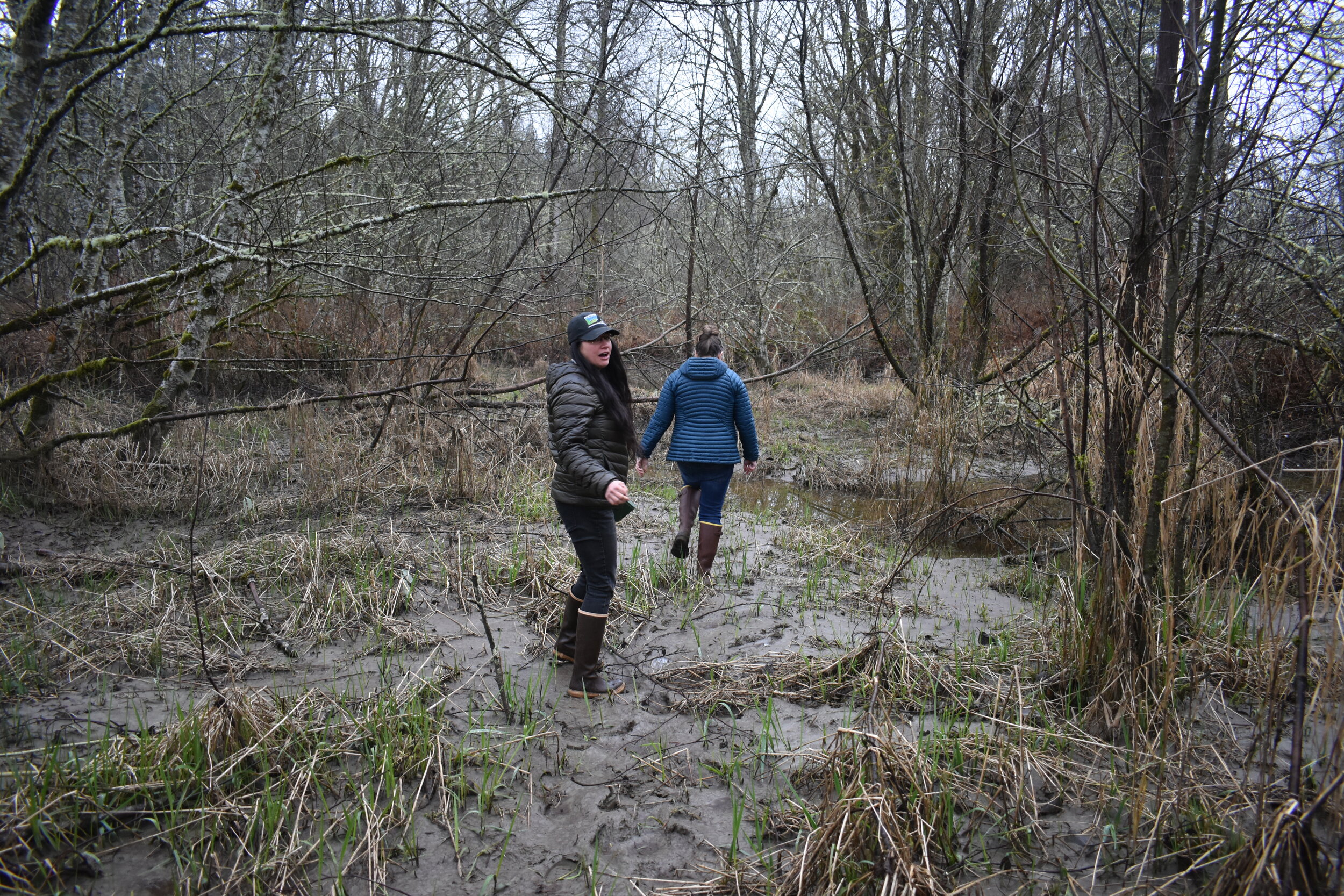
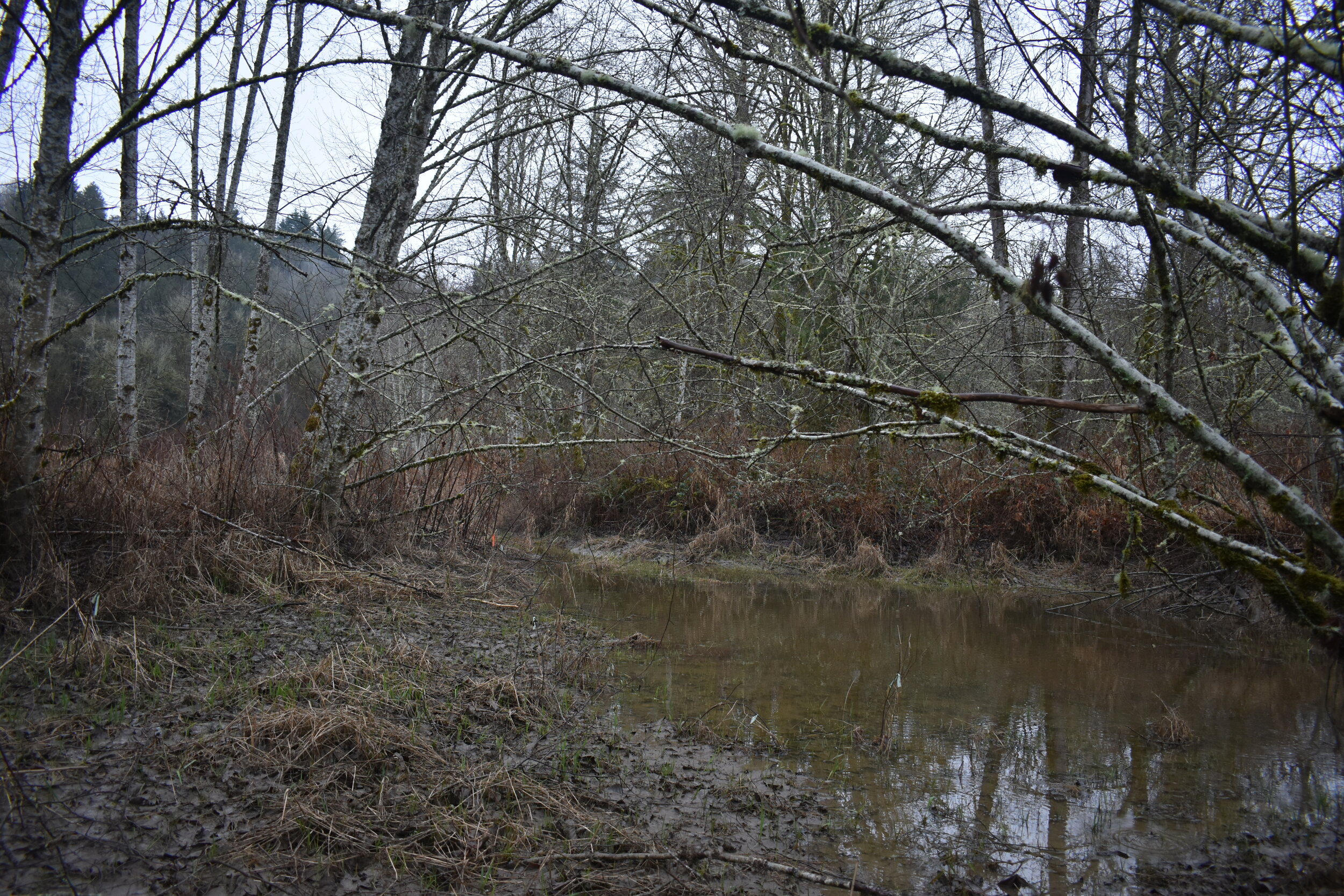
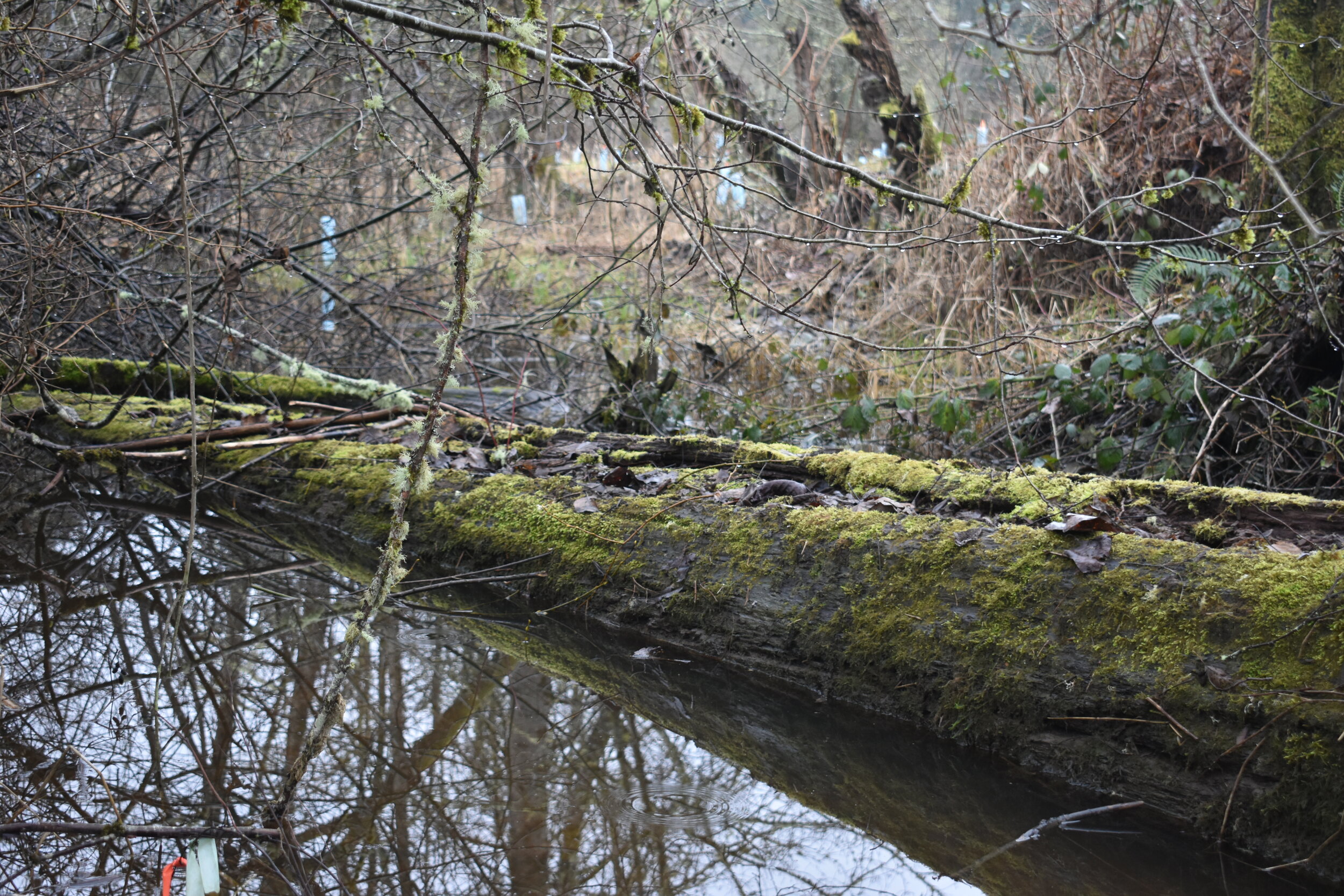
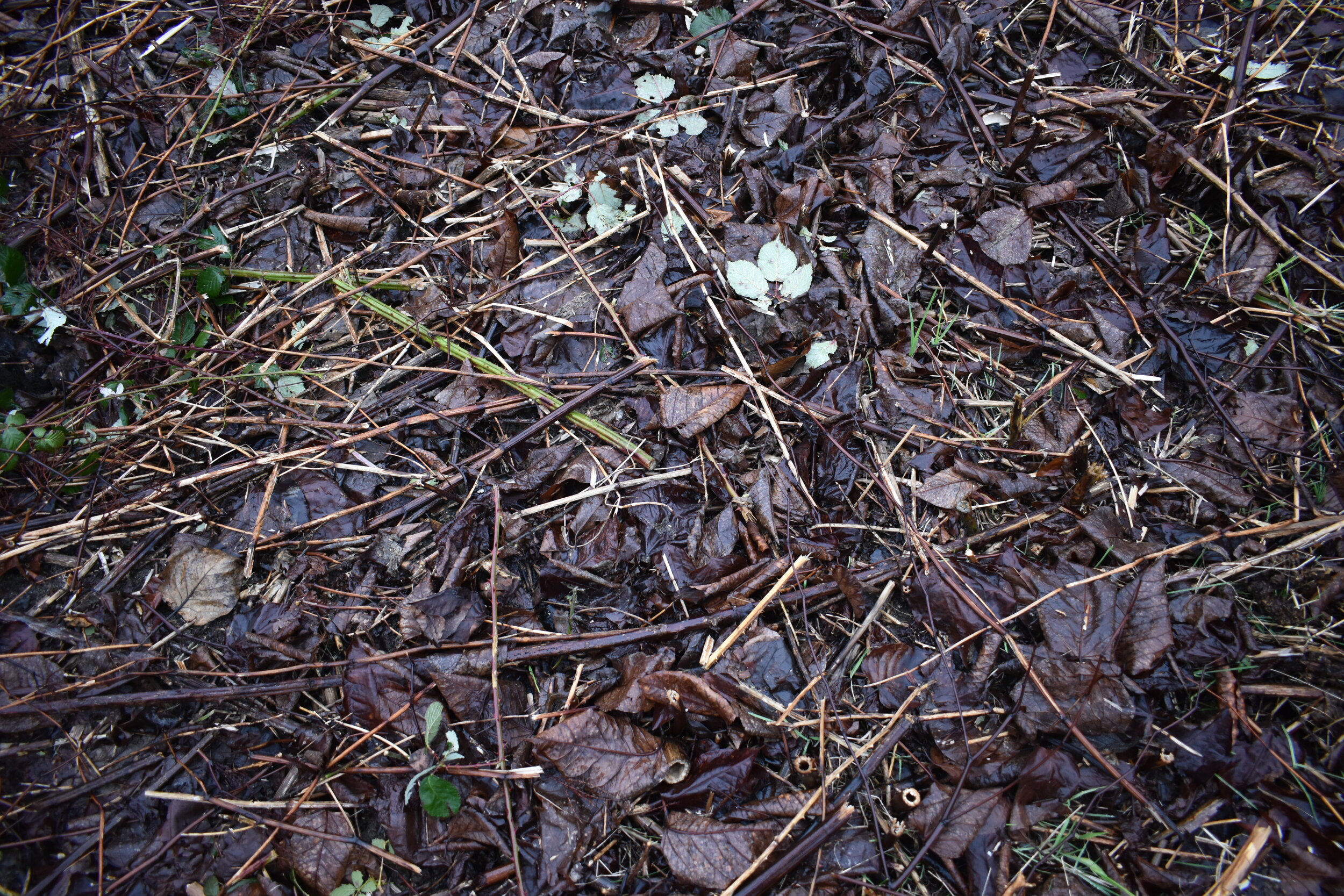
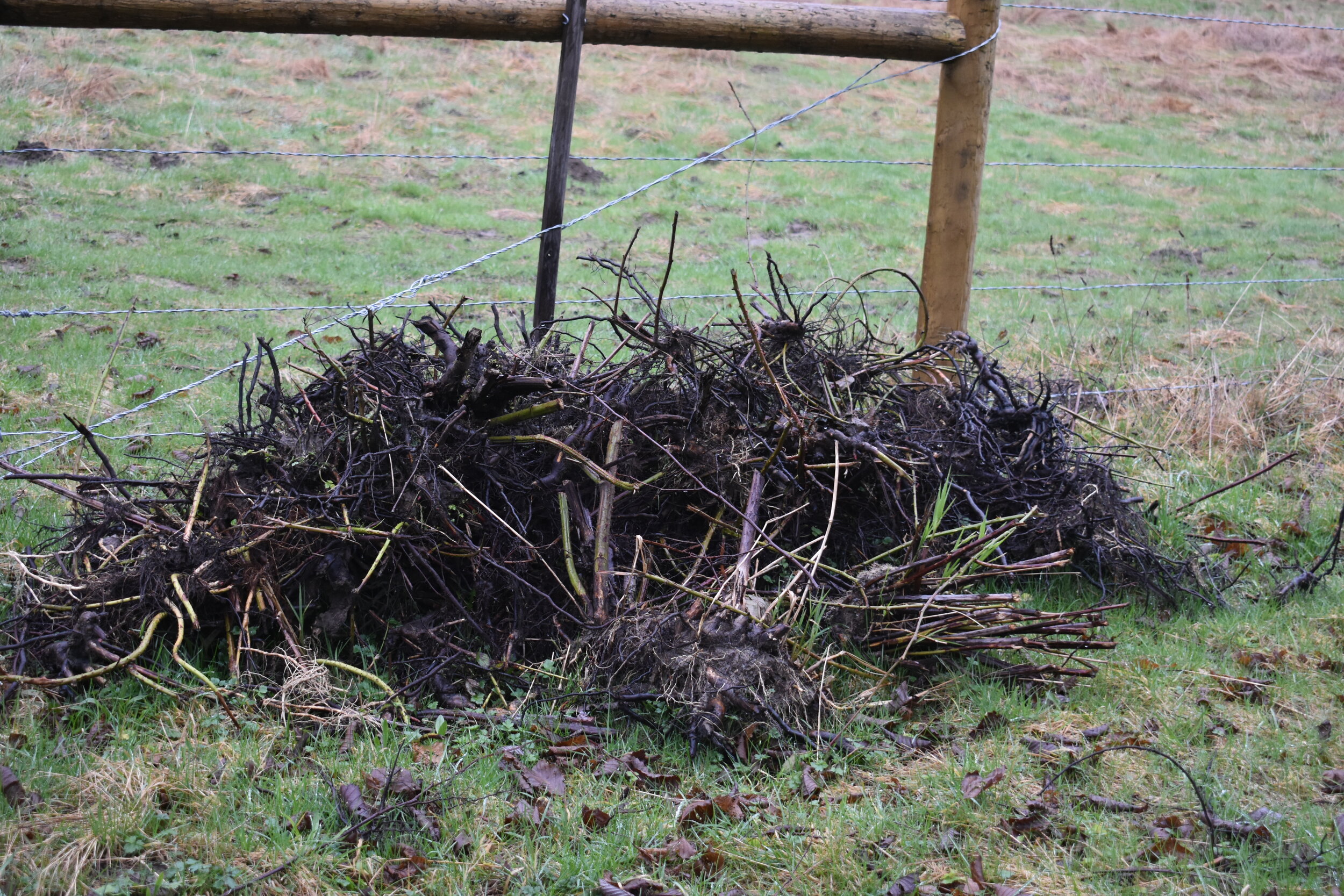
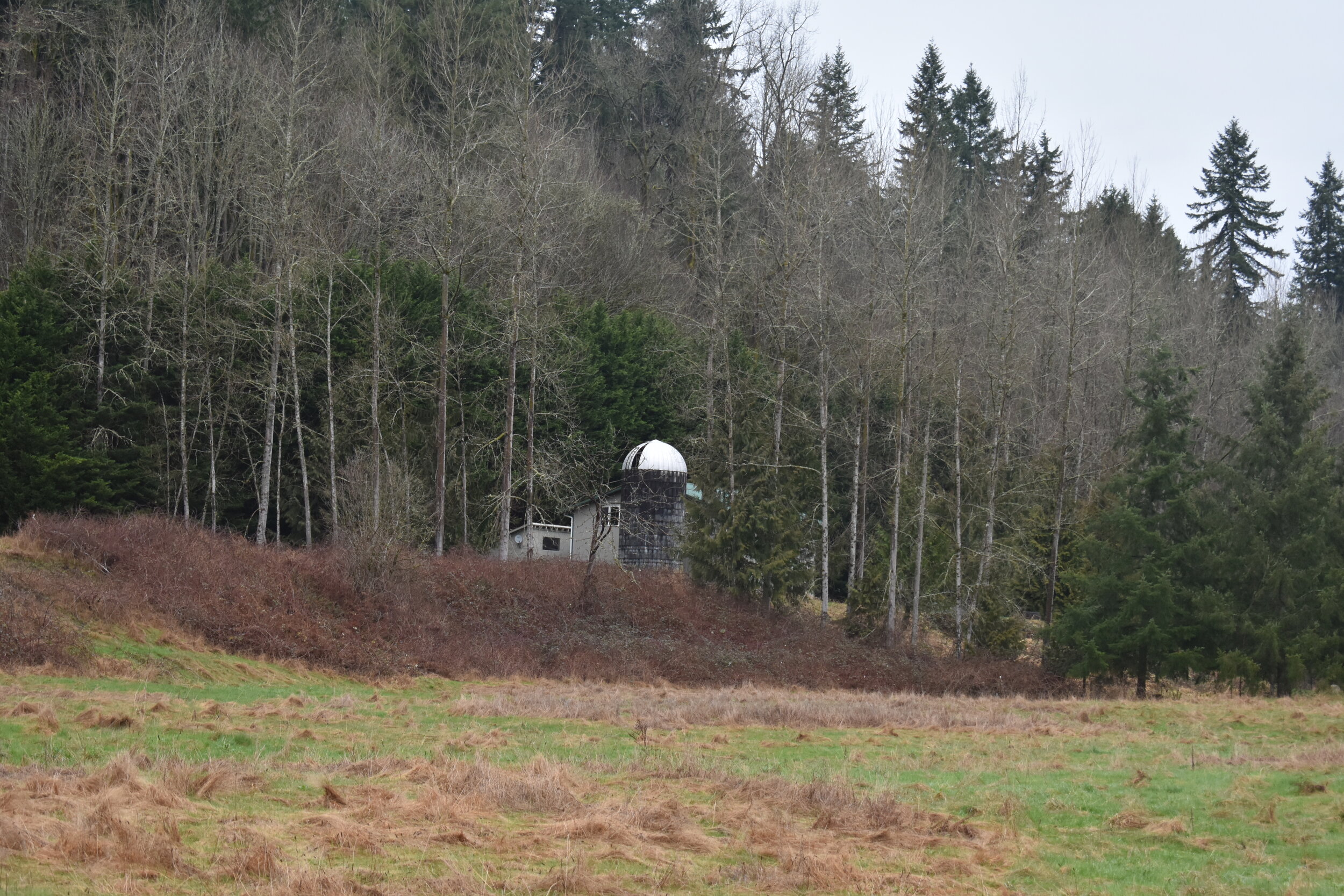
Rivers are far more than currents of flowing water- they are the veins of the Puget Sound. The surrounding forests, marshes and floodplains are just as crucial to the ecosystem.
Along the winding path of the Pilchuck River sits a plot of land that’s been farmed by the Cushman (now Cushman-Chambers) family for almost a century. But in 2012, their land was identified as a high priority for restoring salmon habitat on the Pilchuck River, which used to produce large numbers of salmon and steelhead.
Although the family was ready to jump into a project with the watershed planners who had reached out to them in 2012, it took another six years before the Conservation District and other partners had the funding to begin work on the Cushman-Chambers property.
What has been a project years in the making is now wrapping up the first stages of implementation.
“We have a long way to go on the road to recovering salmon populations on the Pilchuck River while also balancing landowner needs, but there are some exciting projects moving forward now and over the next few years,” said Kristin Marshall, Habitat Restoration and Floodplain Management Program Manager for Snohomish Conservation District (SCD). The planting project on the Cushman-Chambers property “builds upon and complements the Tulalip Tribes’ Pilchuck Dam Removal Project and a side channel reconnection project sponsored by Snohomish County just a few hundred feet upstream of our planting project ,” she said.
Prior to restoration efforts, the Chambers-Cushman property was overgrown with blackberry bushes.
With funding from the Washington State Department of Ecology’s National Estuary Program and the Washington State Conservation Commission, the Conservation District kicked off the first phase of a multi-year effort to reforest and reconnect habitat in this reach of the river by planting five acres on the Cushman-Chambers property.
The Veteran Conservation Corps (VCC) crew worked on removing invasive species like reed canary grass, Japanese knotweed and blackberry bushes. When former VCC member Sara Rocero visited the site for the first time in 2018, the reed canary grass stood as tall as her neck and blackberry vines smothered 15 foot tall alder and cottonwood trees.
Now, where there used to be a horde of invasive species spans a small army of hardy Western red cedar, Douglas fir, Sitka spruce, cottonwood and willows, to name a few. Eventually, those trees will be swallowed by and washed into the river to help create pools for fish and other animals. But when that happens, it will be the work of decades, as nature meant.
“It’s a give and a take,” Rocero said. As rivers flow, they nourish the land they leave behind. One day, the trees will grow anew and the cycle will continue.
Creating a Healthier Habitat
This is a promising start for more than just the Cushman-Chambers family. The middle of the Pilchuck River is considered home for at least a thousand riverside residents, countless birds and animals, and several species of salmon, according to a 2012 study conducted by Snohomish County Public Works Surface Water Management (SWM).
The salmon living in these waters— Chinook, steelhead and bull trout— are crucial for iconic marine animals like the Southern Resident orca, and they’re listed as threatened on the Endangered Species List.
The goal is to make at least 80 percent of the riverside forested; currently, it’s at 67 percent forested within the first 100 feet along the river. During the hot summer months, the shade from the trees keeps the river cool, which is healthier for the salmon and other fish. The intricate root system also stabilizes the river bank and acts as a buffer against runoff that enters the river during heavy rain.
As the river migrates across its floodplain, the trees that fall into the river help create pools and side channels that provide cool, slow-moving water for young fish to rear before they head out to Puget Sound and the open ocean. Beaver ponds and downed trees help rebuild the riverbanks that were washed away. They become re-colonized by shrubs and trees, and the cycle starts anew.
Marshall (left) and Rocero (right) assessing the property.
Time and human impact have not been kind to these waters. Due to heavy “domestication” of the land back when settlers were first moving in, Snohomish County doesn’t quite look how it used to. When the land was untouched, rivers meandered freely, gradually eroding shorelines and swallowing trees. In turn, the shape of the river constantly changed, leaving naturally formed pools of water and resting spots for juvenile salmon. Extensive beaver ponds helped hold winter rain water that was then slowly released to the river during the summer.
But when the trees were cut down and floodplains cleared of ponds and trees to make use of the nutrient-rich land, the river essentially turned into a rushing water slide, flushing juvenile salmon into waters they’re not yet ready for. These flood waters aren’t just a problem for fish; residents along the Pilchuck River have watched their land wash away and put property and homes at risk of being lost to the river.
It’s easy to see how the river has changed once a storm hits and the results literally “flood” in. Over recent years, the region has experienced record-high floods that cause property damage from flooding and erosion. Most recently, February’s high-intensity rainfall left 19 counties under an emergency proclamation by Governor Jay Inslee.
In the summer, however, the opposite problem exists: the river suffers from extremely low water levels that threaten the survival of fish and other aquatic wildlife. With fewer acres of forests, side channels, wetlands, and beaver ponds that used to store rainwater in the winter and then release it back to the river each summer, Pilchuck and many other rivers across Puget Sound have low flows, high water temperature, and low dissolved oxygen each summer. These conditions can be smothering for the fish.
Thankfully, rivers have an ability to self-heal when allowed to flow freely and gradually return to a normal current with healthy, native vegetation.
“What we’re doing by planting trees, building logjams and reconnecting side channels is giving the river a jumpstart and creating spaces for the river to rebuild the habitat that the fish and wildlife need,” Marshall said.
Another Step Forward
Other organizations and groups like Sound Salmon Solutions, Snohomish County Public Works, Department of Ecology, the Tulalip Tribes and Wild Fish Conservancy are rallying for healthier waterways for Snohomish County. This project is just one example of a many-year effort along the Pilchuck River to bring the salmon and steelhead runs part-way back to their former numbers.
The Department of Ecology, for example, is currently preparing a water quality improvement plan, called a TMDL or Total Maximum Daily Load Plan, that brings together several years of water quality data collection, modeling, and analysis to create recommendations to improve the health of the Pilchuck River.
Farming is ingrained in Snohomish County, and luckily, there are ways to to create harmony between working lands and nature. SCD will continue working to reinforce existing farmland by planting hardy native plants along the riverbanks. This work, however, can only be accomplished with the partnership of a landowner.
“It’s trying to find that balance,” Marshall said. “What we want to do is find ways to support agriculture and rural homeowners while we restore wildlife habitat. We won’t be able to achieve all those goals on every single property, but we can work to find solutions across the landscape that support all of these needs and interests. ”
If you have an idea or project for your property that you need help with, please call us at 425-335-5634 or contact outreach@snohomishcd.org.
Funding for this project was provided by the Washington State Conservation Commission, Washington State Department of Ecology National Estuary Program and Environmental Protection Agency, the Recreation and Conservation Office Salmon Recovery Funding Board/Puget Sound Acquisition and Restoration Program, and the Washington State Department of Ecology Centennial Clean Water Fund.




